I suppose quite a few of you like to drink tea with rum for good health and to cure a cold? Now I will tell you where this drink comes from and how it is made!
Rum is a distilled alcoholic beverage made from the residual products of sugar cane molasses and cane syrup, which is made through the processes of fermentation and distillation. The clear distillate is usually poured to "age" in barrels that are made of oak or other wood material.
The famous areas where this drink is produced are the Caribbean and South America, and not so much in India and Australia.
The history of rum begins in the Caribbean islands at the time of Christopher Columbus and is very much connected with sugar and its production. Columbus' crew brought to the Caribbean islands in 1493 the plant that changed the economy of the entire region, as well as drinking around the world.
Sugarcane, which was brought from the Canary Islands, thrives in the warm and humid region of the Caribbean Sea. In 1672, the drink produced from sugarcane acquired the name by which it is still known today - rum. People living in the Caribbean islands drank rum to cure the diseases typical of the tropical climate.
Owners of sugarcane plantations that produced rum sold it to warships that wanted to stay longer to protect themselves from pirate raids. Sailors very quickly got used to rum for the simple reason that the drink was able to be kept in good condition much longer than beer and water and when there were long voyages and the rum aged - its taste even became better.
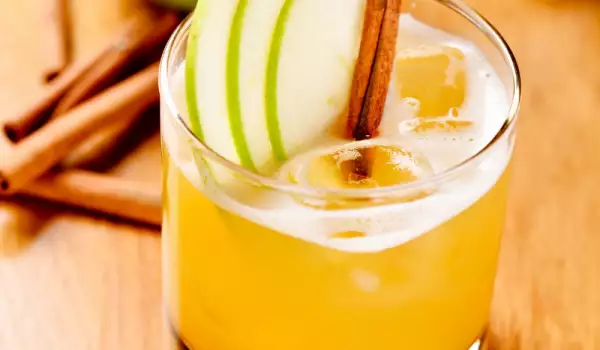
In the 1830s, the British Navy introduced a daily ration for each sailor, which was about 300 ml. Gradually, rum began to spread throughout the world. The British Isles exported rum to Britain, where it was widely used as an ingredient in various punches and where, in the 18th century, rum became more popular than even gin.
With the introduction of new methods of producing sugar from sugar beets, the demand for sugar in Europe greatly decreased. This leads to a decrease in the production of sugarcane and, accordingly, of rum.
At the beginning of the 20th century, rum lost its position as a popular drink and was almost not consumed until the second half of the same century, when, with the development of tourism, a large influx of people began to the Caribbean islands, where rum is still revered.
Rum is produced mainly in the Caribbean, but in Barbados they make lighter and sweeter versions of rum. The island is considered the homeland of the rum. In Cuba, light, clean and sharper types of rum are made. The Dominican Republic is known for its aged, richly flavored rums made with local sugar syrup and molasses.
In Europe, mainly imported rum is bottled. England and France import rum from their former colonies in the Caribbean, which is further aged and bottled on site.
Read:
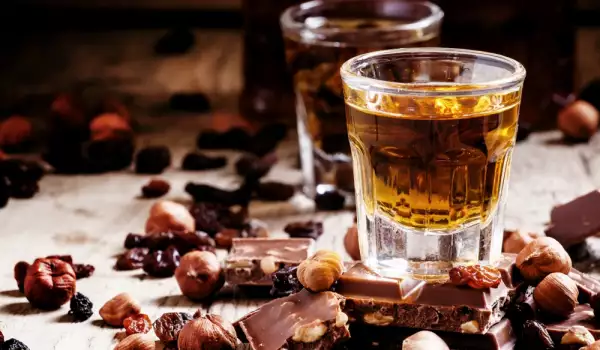
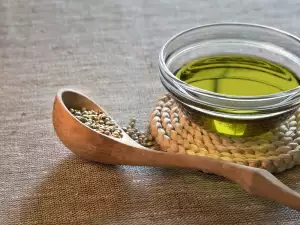


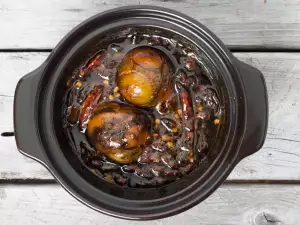
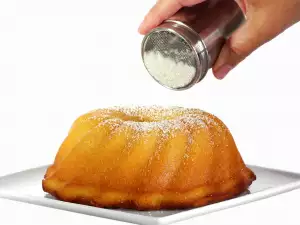
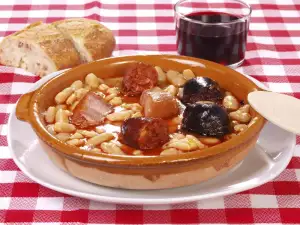
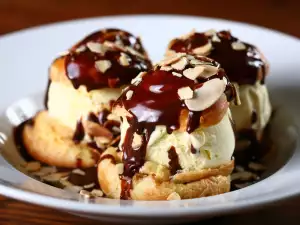

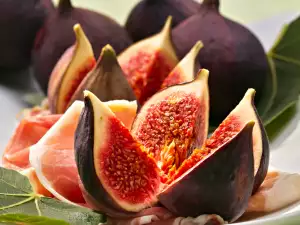
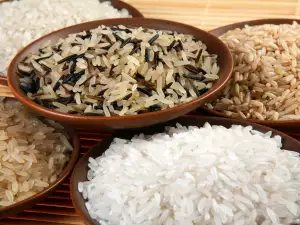

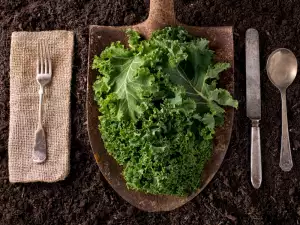

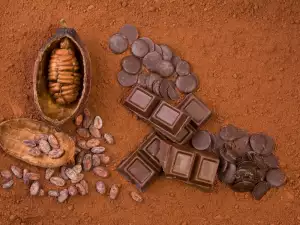




Comments